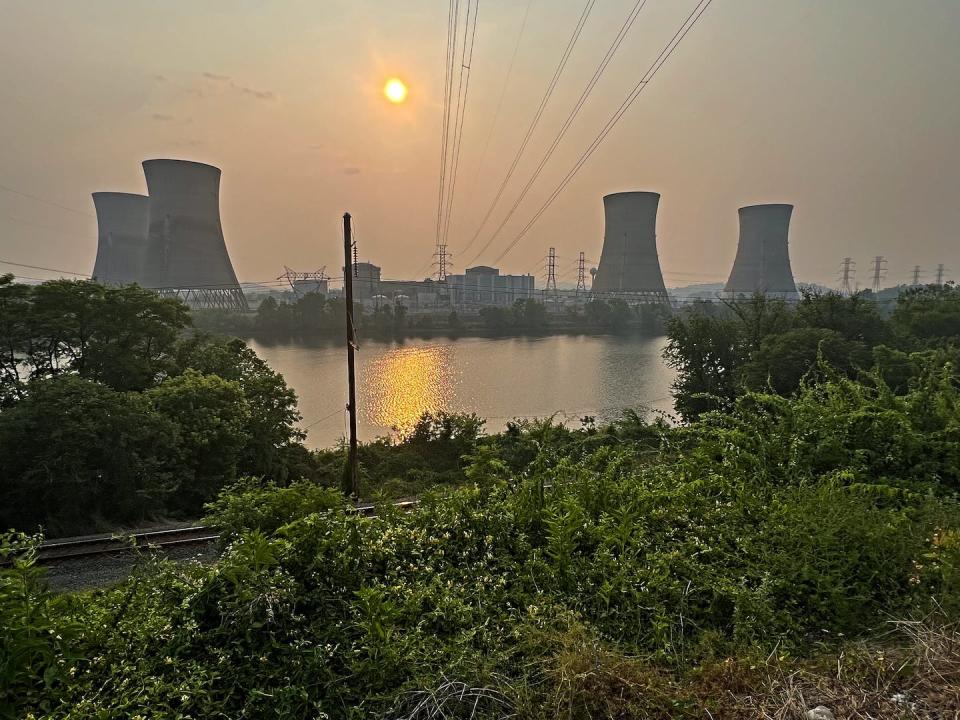A combination of social, organizational and technical factors caused the Titan's implosion

The implosion that took the lives of five souls who made the perilous deep sea voyage to the Titanic shipwreck is not your typical disaster. But perhaps the OceanGate Titan submersible craft was doomed from the start.
On July 6, OceanGate announced that it would be suspending all exploration and commercial operations, and that their Pacific Northwest headquarters in Everett, Wash. would be closing indefinitely.
In the wake of the disaster at sea on June 18, these actions are reflective of a company that is in the midst of a crisis of continuity as the overall future of the organization is uncertain.
Given the disaster, it is surprising that the advertising web pages for future Titanic excursions have not yet been taken down. Perhaps, it is reflective of a rapidly evolving situation with a company in crisis.
Reasons for failure
Concepts explaining the Titan’s failure can be traced back to ideas developed 45 years ago. Barry Turner, an organizational sociologist and safety pioneer, studied long-forgotten disasters. Turner analyzed catastrophes like the 1966 Aberfan disaster in Wales, where 144 people were killed after waste from coal mining spilled into their village.
Read more: History repeats itself: The Titan submersible implosion mirrors past disasters
Turner suggested that the interaction of social, organizational and technical processes were key to causing disaster.
Advances in the study of socio-technical problems continue to inform our understanding of unusual technological disasters like submarine implosions. Both normal accident theory and the concept of high-reliability organizations help in understanding the big picture causes of the Titan submersible implosion.
Normal accidents
During the mid-1980s, sociologist Charles Perrow established normal accident theory. His premise was that machines, technologies and support systems were extremely complex and tightly coupled. An accident, then, could be considered an inevitable — normal — outcome.
Perrow analyzed situations of failure, like the 1979 Three Mile Island Nuclear Power Plant meltdown. He considered nuclear safety by looking at some serious accidents, some trivial incidents, problems of reliability and management, and the special characteristics of the nuclear power system.

Perrow sought to establish a basis for understanding why accidents will happen involving high-risk systems that someone has decided we cannot live without. Harms from a nuclear meltdown can impact society as whole. But it is complicated considering the demands for divestment from fossil fuels. Arguments can be made from both sides as to whether society can live with nuclear energy or not.
However, in the case of the Titan submersible, a small group of people decided that the rewards outweighed the risks for getting a close-up view of the shipwreck. Accidents due to manned exploration of a treacherous 111-year-old shipwreck site, while tragic, are limited to direct participants.
High-reliability organizations
In the 1990s, debate ensued over causes of technological disasters. Dangers of normal accidents were balanced against the safety culture of high-reliability organizations.
In his 1993 book, The Limits of Safety, political scientist Scott Sagan asked: Are normal accidents inevitable? Or can the combination of interactive complexity and tight coupling be safely managed?
In supporting the safe management of complex technologies, high-reliability organizations emerged. They have a track record of decades of safety with risky technologies. Notwithstanding rare exceptions resulting in disasters like Chernobyl or Fukushima, nuclear power plant operators are high-reliability organizations.
A nuclear navy is also a high-reliability organization. Studies of a nuclear submarine’s organizational culture suggested specific social-technical interactions occur. Higher levels of knowledge along with technical experience are necessary. The result of the interaction is to transform a high-risk system into a high reliability system.
Acknowledging complexity
A characteristic of high-reliability organizations is the reluctance to simplify anything. They accept that the tasks at hand are complex, with a real potential to fail in new unexpected ways.
Photographs of the interior of the ill-fated Titan submersible show bare walls with no resemblance to a stereotypical cockpit with its bells and whistles. Photographs of the interior of James Cameron’s Titanic exploration submersible, the Deep Sea Challenger, appear to resemble a more complicated cockpit with controllers and gauges on the walls.
OceanGate admitted to using several pieces of off-the-shelf technology that streamlined construction and made the submersible simple to operate. For example, modified video game controllers were used for controlling the Titan submersible.
OceanGate acted to simplify an otherwise complex endeavour, and appear to not have behaved as a high-reliability organization.
A wake-up call
The implosion of the Titan is a wake-up call for exploration or tourism companies who plan to continue to send people to inhospitable environments like the extreme conditions present 12,500 feet below the ocean’s surface. If not doing so at present, these companies should mimic the organizational culture of high-reliability organizations.
Read more: What was the 'catastrophic implosion' of the Titan submersible? An expert explains
While eliminating the risk of death is not possible with extreme travel to outer space or the deep sea bottom, the main goal of companies undertaking such excursions should be to attempt to reduce the loss of life to the maximum achievable extent.
This article is republished from The Conversation, an independent nonprofit news site dedicated to sharing ideas from academic experts. Like this article? Subscribe to our weekly newsletter.
It was written by: Jack L. Rozdilsky, York University, Canada.
Read more:
The Titan disaster could suggest deep sea diving is risky – history shows that’s far from the truth
The Titan disaster investigation has begun. An expert explains what might happen next
Jack L. Rozdilsky does not work for, consult, own shares in or receive funding from any company or organisation that would benefit from this article, and has disclosed no relevant affiliations beyond their academic appointment.


